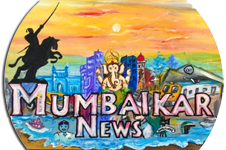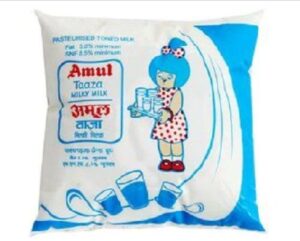Indian Meteorological Society (IMS) and North Eastern Space Applications Centre organise4-day Virtual Symposium on Tropical Meteorology(TROPMET-2020)
New Delhi, 15 Dec 2020: Indian Meteorological Society (IMS) in collaboration with North Eastern Space Applications Centre (NESAC), Shillong, is organizing a four-day Virtual Symposium on Tropical Meteorology(TROPMET-2020) under the theme “Weather and Climate Services over Mountainous Regions” at NESAC, Shillong during 14-17 December 2020. The symposium has received overwhelming response with more than 450 registrations and 315 research papers for presentation. In addition, 12 plenary lectures, 13 invited talks by eminent scientists, 2 memorial lectures, 1 popular lecture are being arranged. One special talk by Deputy Secretary General of World Meteorological Organisation is planned during the four days.
At the inaugural program of the symposium, Secretary of Ministry of Earth Sciences, Dr M N Rajeevan was the Chief Guest while Shri Moses K Chalai, Secretary of North Eastern Council, Shillong was the guest of honour. The inauguration program was presided by Dr M Mohapatra, Director General, India Meteorological Department (IMD) and President, Indian Meteorological Society. It was also attended by Shri P L N Raju, Director, NESAC and Dr. D R Pattanaik, Secretary, IMS.
The importance of weather and climate services for the mountainous regions including the complex Himalayan and other mountainous regions was deliberated by various speakers. Shri M K Chalai, Secretary, North Eastern Council stressed on the importance of improved services and enhancement of observatories to address the challenge posed by severe weather and climate change that can derail the livelihood options for the indigenous population living in the mountainous regions.
Secretary, MoES Dr Rajeevan informed about various initiatives taken by IMD and MoES including deployment of Doppler Weather Radar (DWR) and Automatic Weather Station (AWS) as well as setting up of Himansh observatory in Western Himalaya. He also stressed on the utilization of advanced technology and greater involvement of younger generation to develop solutions for the problems faced by the population living in mountainous regions. He said that the Himalayan region is warming faster than the world average, melting of glaciers is a major concern, a changing climate could mean more devastating impacts on the very fragile biodiversity of the Himalayas. It could also impact availability of water, food, agriculture and health in the region,” he said.
Dr. Mohapatra as president of IMS highlighted the new initiatives of the Society and the weather & climate service up-gradation in the Himalayan region and High mountain ranges through impact based forecasting and risk based warning, sectoral applications and Research & Development through establishment of Regional Climate Centre (RCC) for Third Pole (Himalayan) region during next five years. There was a consensus that different agencies including centre, state and governmental agencies need to join hands to address the complex problems of weather and climate services over the mountainous regions.
During the event, the Message from World Meteorological Department (WMO) was read out by Dr. D. R. Pattanaik. Secretary IMS followed by screening of a short documentary on High Mountain Summit held at WMO during 29-31,October 2019 Geneva. The message from Secretary General of WMO Dr. Prof. Petteri Taalas mentioned that “the symposium is an important event for fostering coordination on adapting the weather and climate services to meet evolving needs of mountain and downstream regions”. Dr Elena Manaenkova, the Deputy Secretary General of WMO, will address the symposium during the concluding segment.”
On the first day the first plenary talk was delivered by Dr. M.N. Rajeevan on India’s Monsoon Mission highlighting the achievements of monsoon mission for socioeconomic development and the future plan. It was followed by another plenary talk by Dr. M. Mohapatra, DG, IMD on impact based forecasting and risk based warning. During the talk, he stressed upon the need for national collaborations for shifting from weather forecasting to impact based weather forecasting by aligning the forecast and warning to client oriented in view of the decisions and actions to be taken by stakeholders and disaster managers. It would need integrations of various data services in digital form to assess vulnerabilities, exposure and hence risk due to severe weather based on weather forecast.
Dr. Satheesh Shenoidwelt on the role of India Ocean Circulation (Barotropic wave) and its interactions with atmospheric circulations (MJO). This study authored by Dr. B. Rohith et al., with Dr Shenoi as one of the co-author, published in the journal “Nature Communications” has received WMO young scientist award for 2019.









